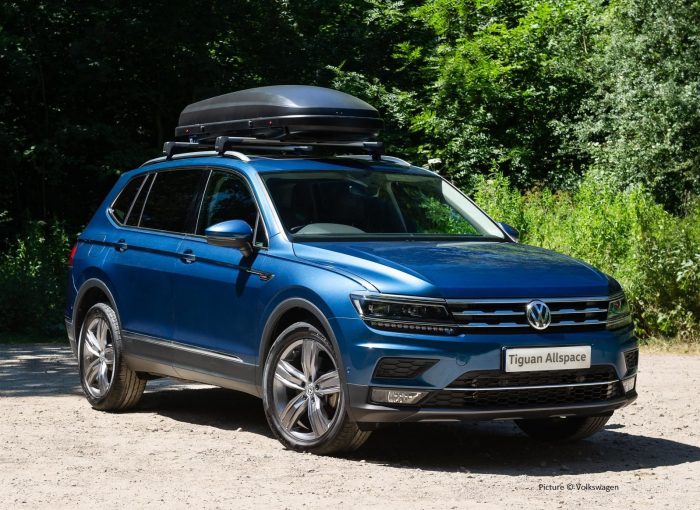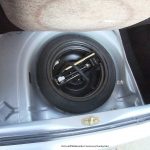You might be wondering how you squeeze the family and all their luggage into your car. If that’s got you pondering upgrading your wheels and buying a new motor, don’t bother. What you need is a roof box.
You might think roof boxes are all much the same. You’d be wrong. They come in all shapes and sizes, have varying carrying capacities and methods of opening. Even the plastic they’re made of, how well they slip through the air and the quality of the locking mechanisms differ from model to model. Read our guide to choosing the best box.
What’s your budget?

As with most things in life, you get what you pay for with roof boxes. The cheaper the box, the thinner the material. They will also have poorer quality fittings and last less time. Thinner shells are more likely to rattle as the air rushes by at 70mph. Seals may be forced open and you could arrive with your precious luggage soaked if it’s been raining. With lower quality locks, a cheap roof box is even likely to be more vulnerable to people who covet the property of others.
According to Martin Gray from The Roof Box Company, there’s a £50 jump in price between an adequate box and an excellent one. A good quality box will last longer and be more satisfactory during its lifetime. It could be 50 quid well spent. Even if you go for a cheaper box, Martin Gray advises that you go for a brand name that’s recognisable and can be trusted.
How much capacity will a roof box add?
A roof box will add between about 300 and 500 litres of luggage space to your car. But litres can seem a fairly random concept. You will likely want a box that will contain items such as soft bags and coats. The Roof Box Company suggests it’s worthwhile using the capacity in litres as a rough guide while paying more attention to the dimensions of boxes to ensure you can fit what you need to carry.
What kind of box do you need?
Roof boxes come in a variety of shapes so you need to decide what you’re using it for. As an example, you can get narrow boxes that enable you to put a cycle carrier, kayak or skis on the other half of the roof. Or you can get a box that will take up the whole roof. A medium width box is the compromise. This gives good carrying space but enables you to put at least one bike on the other part of the roof. And you can get especially long boxes should you need to carry longer items.
What about opening?

Roof boxes come with a variety of different opening and closing systems. Which you choose depends on where you live and what size the box is. Some hinge on the right, some on the left and some will hinge on both sides. If you’re getting a narrow box, you obviously don’t want it to hinge on the side of the car the box is on. And ideally, you don’t want to have to stand in the road to load it when you’re abroad. But there again, you may be limited by where you can load it when you’re at home.
What the box sits on
To fit a roof box to your car, you’ll need roof bars. As with the roof boxes, you can buy these from franchised main dealers. But again, as with boxes, they’re likely to have been made by a company such as Thule or Kamei and simply branded by the manufacturer. Buying decent bars from a specialist company may work out cheaper for equivalent quality. Roof boxes are designed to slip through the air with the minimum resistance and therefore noise. However, you may get noise from the roof bars. It pays to buy good quality roof bars and makers such as Thule and Yakima have come up with bars that have been designed to cut drag and therefore noise. And one last tip from the Roof Box Company: any decent quality box should fit any decent quality set of bars.

I’ve been writing about cars and motoring for more than 25 years. My career started on a long-departed classic car weekly magazine called AutoClassic. I’ve since pitched up at Autosport, Auto Express, the News of the World, Sunday Times and most recently the Daily Telegraph. When I’m not writing about cars and motoring, I’m probably doing some kind of sport or working in my garden.







